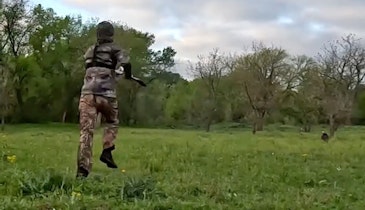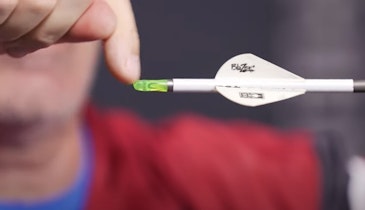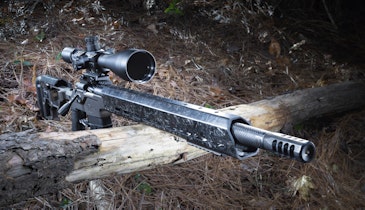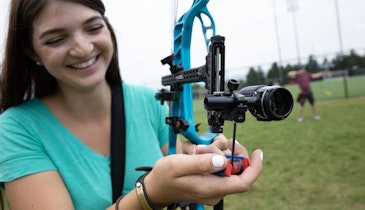Flagging Canada geese has been around for a long time. Back in the 1980s, when Maryland’s famed Eastern Shore region was considered the goose hunting capital of the world, pit bosses would staple large swatches of black cloth to long poles and wave them over their heads to attract passing flocks. The tactic worked then and it still works today.
Modern-day goose hunters have the T-flag, made from a section of fabric connected to flexible rods, mounted on a handle, so that it looks like wings flapping when you wave it. It’s far more realistic, and can be used both to attract distant birds and to finish geese in close.
Wave that flag wildly over your head when geese are far out. You’re trying to get their attention and convince them to come over for a closer look.
When they get in tight, just lift the flag off the ground about the height of a goose’s back, pump the handle up and down subtly two or three times, then put it back down. Feeding geese sometimes stretch their wings with a couple of flaps. That’s what you’re imitating.
Watch how geese react to the flag when they’re close. Some birds will lift higher as soon as you stop flagging. For these geese, you have to keep working the flag until they touch down. Others will be wary of the movement. If approaching geese seem to flare when you flag, then only use it when they are circling away from you to get downwind.
Shy geese still want to see motion in a decoy spread, but if they’re looking directly at a flagger, they’ll quickly smell a rat. Create movement only when the geese can see it with their peripheral vision.






